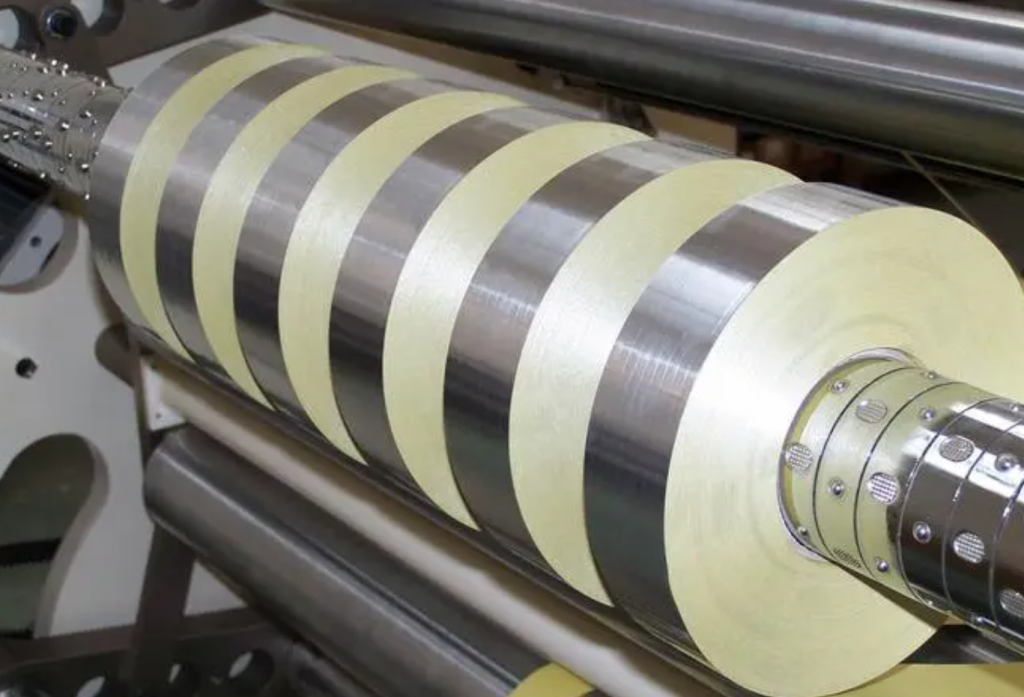Aluminum foil, a thin and lightweight aluminum material, is commonly used in various industries such as food packaging, household goods, and industrial applications. Its production process involves several steps, including raw material preparation, melting, rolling, quenching, re-rolling, surface treatment, and cutting.

Raw Material Preparation
The primary raw material for aluminum foil is high-purity aluminum metal, usually provided in the form of aluminum ingots or aluminum alloy ingots. During the production process, aluminum ingots are heated in a furnace to reach the appropriate melting temperature.
Melting
Melting is the first step in the production of aluminum foil, where aluminum ingots are heated to melt into liquid aluminum metal. During the melting process, other metal elements may be added to prepare aluminum alloys with different properties to meet various application requirements.
Rolling
Once melted, the aluminum metal is cast into shape and enters the rolling mill for rolling. Rolling is the process of continuously squeezing aluminum metal into thin sheets. Through consecutive rolling processes, aluminum metal is gradually compressed to the desired thickness.
Quenching
After rolling, the aluminum foil undergoes quenching, a rapid cooling process, to enhance its mechanical properties and hardness. Quenching improves the tensile and bending properties of aluminum foil, making it suitable for various processing and usage environments.
Re-rolling
Quenched aluminum foil is subjected to re-rolling, where it enters the rolling mill again for further reduction in thickness and improvement in surface quality. Re-rolling is a precision process that requires careful control of rolling temperature, rolling speed, and rolling pressure to ensure the final performance of aluminum foil.
Surface Treatment
During production, the surface of aluminum foil may undergo special treatments such as brightening, coating with protective layers, or applying protective films to enhance its appearance and functionality. These surface treatments make aluminum foil more glossy, corrosion-resistant, and wear-resistant.
Cutting
Finally, the processed aluminum foil is fed into cutting machines for cutting into different sizes and shapes of sheets or rolls according to customer requirements and product specifications. The cut aluminum foil can then be used in various application areas.

In conclusion, the production process of aluminum foil involves multiple steps including raw material preparation, melting, rolling, quenching, re-rolling, surface treatment, and cutting. Each step requires precise control and strict execution to ensure the final product has excellent quality and performance. With ongoing technological development and innovation, the production process of aluminum foil continues to improve to meet the growing demand for aluminum foil products in the market.


